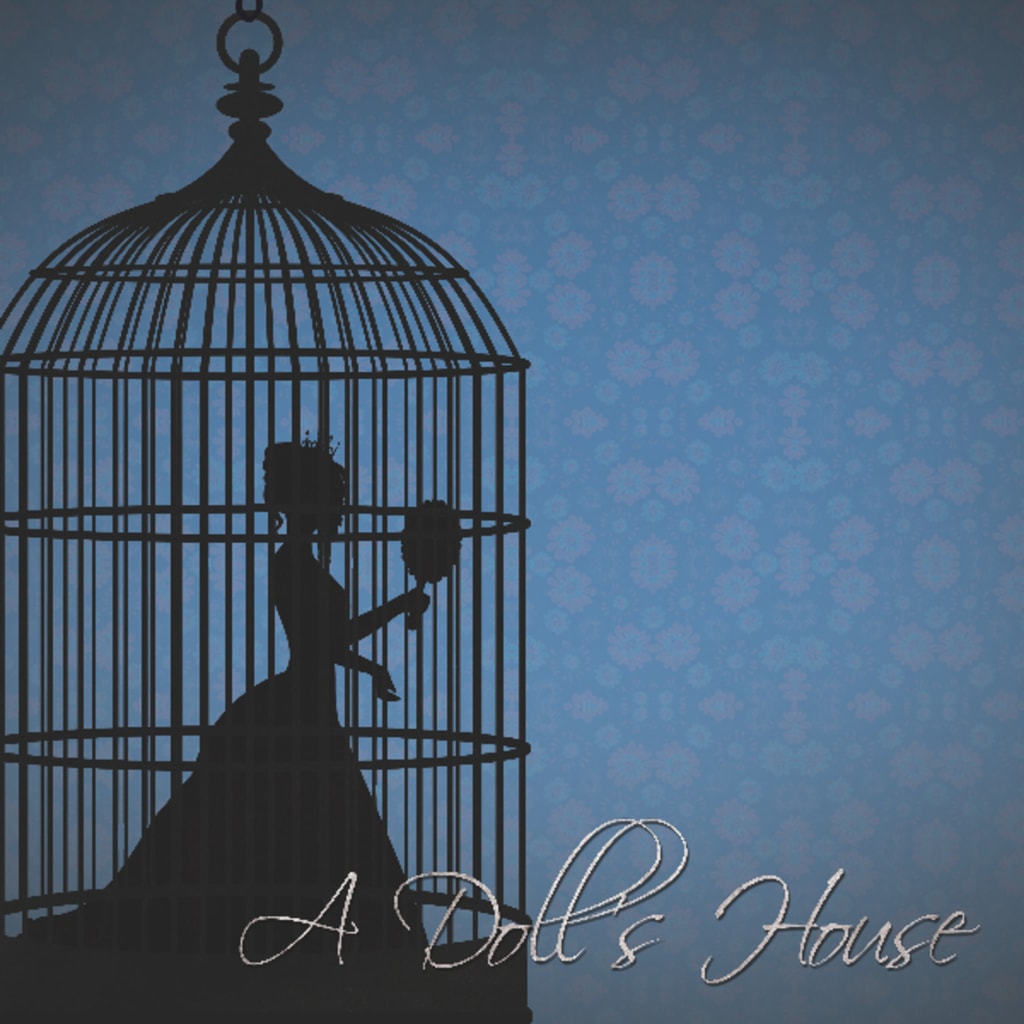
A Doll House is a play written by Henrik Ibsen in 1879. In this era, women were expected to be dutiful wives to their husbands while they supported their families financially. In the play, we are introduced to Nora while she is dealing with conflicts between herself and other characters in the story, as well as an overbearing self-doubt that she harbors until the very last scene. As the entirety of plot unfolds, she bases her every decision around how her husband will react to her well-hidden secrets. Everything ends up boiling down to how trapped she had become in her life, which pushes her to finally leave everything behind in order to live for herself. In addition to the title’s clear symbolism of feeling always controlled, Torvald’s use of the nicknames provide some similar ideas that focus more on Nora’s desire to escape and be her own person outside of the domestic life that she was expected to live.

Throughout the play, Nora is often referred to as a lark or a squirrel by her husband. The intention behind most pet names, such as these, is typically to claim a person as your own. With this in mind, there seems to be some kind of imagery of a bird (a lark, more specifically) in a cage that plays hand in hand with one of Torvald’s the affectionate titles. The idea of a squirrel can often lead people to think of the wild, seeing to the fact that they are such independent, uncontrollable creatures. In the first scene of the play where this very dated couple becomes introduced, it can be inferred that Nora does not care for these names that her husband has given her. Her husband calls, “is that my little lark twittering out there?” to which she responds, “yes, it is” (Ibsen, 1879). Not having heard her, he calls out again, “is that my squirrel rummaging around?” (Ibsen, 1879), and this time she replies, “yes” (Ibsen, 1879). Here, she answers to him with very short, somewhat snappy answers to his queries the more he uses each of these nicknames. In modern times, most women would not put up with their significant other calling them by names that they do not enjoy. This goes to show the period in which this story takes place; in a time that a woman simply had to deal with their partner being in control.

The more that is revealed about Nora, the more the reader gets a clear understanding of who she is. As she develops, the audience gets to see her slowly slip out of her husband’s grip. Even before it was discovered that she had gotten a loan and forged a signature, she is still a rebellious, witty, free-spirited woman. We see this immediately, when she is sneaking macaroons before Torvald notices. Although she speaks very highly of her husband and discloses that her money issues come from the fact that she was originally trying to better his health, there are many times that she is perfectly capable of persuading him to giving into her wishes instead of his own. For example, after she talks with Kristine, she is able to successfully convince Torvald to allow her to help around his office. She says, “you see, Kristine is remarkably clever in office work, and so she’s terribly eager to come under a capable man’s supervision and add more to what she already knows” (Ibsen, 1879). This not only shows how easily she can manipulate her husband, but it also shows that she does it often enough to know exactly how to convince him to see her point of view.

Later in the play, she attempts to sway Torvald’s opinion once more. Nora uses her given pet names to make him feel as though he’s still controlling and owning her fully. She tells him, “your squirrel would scamper about and do tricks, if you’d only be sweet and give in” (Ibsen, 1979), and then, moments later, goes on to say, “your lark would be singing high and low in every room” (Ibsen, 1879). This very clearly goes back to the images of these wild animals, because these two lines both portray some of nature’s creatures trapped on inside of a domestic setting. The way that she words her pleads makes her sound particularly submissive at this point in the conversation. It makes the reader think of a usually untamed squirrel performing parlor tricks to please Torvald, and a typically free bird restrained to one home and forbidden from flying astray. In giving herself to her husband, she ends up sacrificing a greater amount of herself as a person.

Throughout the play, Ibsen gives us a great deal of insight into who Nora truly is, or who she had become from this ordeal. She had carried a desire to escape from her housebound life the whole time, but she had been too worried about disrupting everyone else’s routines and decided time and time again to not act on her impulses. This restraint resulted in her keeping secrets from her husband and manipulating him under certain situations, and neglecting her children up until she finally left them all behind. The chain of events that result in this hectic buildup basically lead to the implication that Nora was meant to venture off on her own from the very beginning of the story; that she was not meant to be tied down so permanently, just like a lark or a squirrel.
Sources:
Ibsen, Henrik. “A Doll House.” The Norton Introduction to Literature, translated by Rolf Fjelde, 12th ed., W.W. Norton & Company, Inc., 2017, pp. 812–871.






Comments
There are no comments for this story
Be the first to respond and start the conversation.